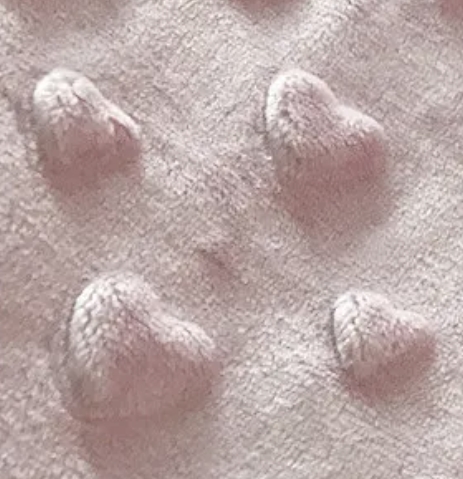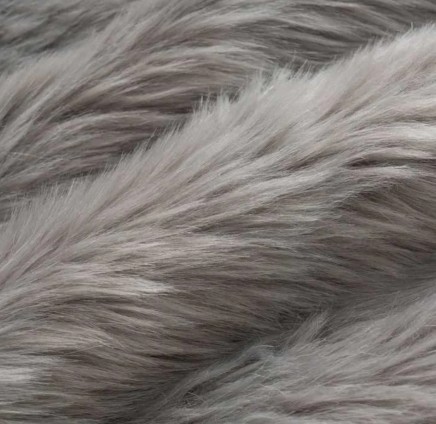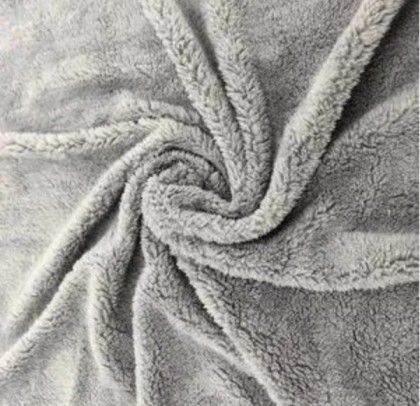In the realm of textiles, Sherpa fleece fabric has emerged as a standout material, renowned for its versatility, warmth, and durability. This unique fabric has gained immense popularity across various industries, particularly in the apparel and outdoor gear sectors. To fully appreciate the allure of Sherpa fleece, it is essential to delve into its origins, construction, properties, applications, care instructions, and environmental considerations.
Origins and Construction
The term “Sherpa” is often erroneously associated with the Nepalese ethnic group renowned for their mountaineering expertise, but in the context of fabric, it refers to a specific type of fleece characterized by its nap or pile. Originating from synthetic fiber technology, Sherpa fleece is primarily constructed from polyester or a blend of polyester and other synthetic fibers like nylon. The fleece is created through a process involving spinning, weaving, or knitting the fibers into a base fabric, which is then treated to raise a soft, textured surface resembling the fur of a yak—a common sight in the high altitudes where Sherpas reside.
The pile of Sherpa fleece can vary in length, density, and texture, offering a range of options tailored to different needs. Some versions feature a short, brushed pile for a sleek look and light insulation, while others boast a longer, shaggier nap for enhanced warmth and a cozy feel. The base fabric beneath the pile can also differ, influencing the overall weight, breathability, and durability of the material.
Properties and Benefits
Sherpa fleece is celebrated for its array of beneficial properties. Foremost among these is its exceptional thermal insulation, making it an ideal choice for cold-weather wear. The pile traps air, creating a layer of insulation that retains body heat while allowing moisture to escape, thus preventing sweat accumulation. This breathability is crucial for maintaining comfort during physical activities.
Moreover, Sherpa fleece is highly durable. Its synthetic fibers resist abrasions and pilling, maintaining the fabric’s appearance and performance over extended use. The material is also lightweight, adding minimal bulk to garments while providing substantial warmth. This combination of warmth and weightlessness makes it a preferred option for outdoor enthusiasts, particularly those engaged in backpacking, hiking, and mountaineering.
In terms of aesthetic appeal, Sherpa fleece offers a rich, tactile surface that enhances the visual and tactile experience of wearing the fabric. Its ability to come in a multitude of colors, patterns, and textures further broadens its design versatility.
Applications in Apparel and Beyond
The applications of Sherpa fleece fabric are numerous and diverse. In the apparel industry, it is commonly used to craft jackets, vests, hats, gloves, and scarves designed for winter wear. Its popularity extends to fashion-forward items like hoodies, leggings, and even casual wear due to its stylish appearance and practical benefits.
Beyond clothing, Sherpa fleece finds utility in home textiles, such as blankets, throws, and upholstery, where its warmth and softness are highly valued. Outdoor gear manufacturers also incorporate Sherpa fleece into sleeping bags, mats, and camping accessories to ensure comfort in harsh conditions.
Care Instructions
Maintaining Sherpa fleece is relatively straightforward. The fabric is machine washable, typically requiring cold water and a mild detergent. To avoid damaging the pile, it is advisable to use a gentle cycle and avoid bleach. Tumble drying on low heat or air-drying is recommended to prevent shrinkage and maintain the fabric’s softness. Regular brushing with a soft-bristled brush can revive the pile’s texture and appearance.
Environmental Considerations
While Sherpa fleece offers numerous advantages, its environmental footprint is a concern. As a synthetic material, it contributes to plastic pollution, particularly through microfiber shedding during washing. Additionally, the production of polyester involves significant energy consumption and potential chemical emissions.
Efforts are underway to address these issues. Recycled polyester Sherpa fleece, made from post-consumer waste, is gaining traction as a more sustainable option. Innovations in fiber technology aim to reduce microfiber shedding and improve the overall environmental performance of the fabric.
In conclusion, Sherpa fleece fabric stands out as a versatile, warm, and durable material suitable for a wide range of applications. Its unique properties and benefits make it a favorite among consumers and designers alike. As we move towards a more environmentally conscious future, continued advancements in sustainability will be crucial in ensuring the continued relevance and appeal of Sherpa fleece fabric.




